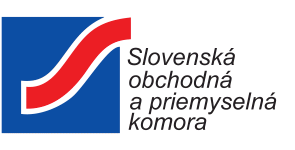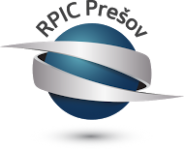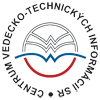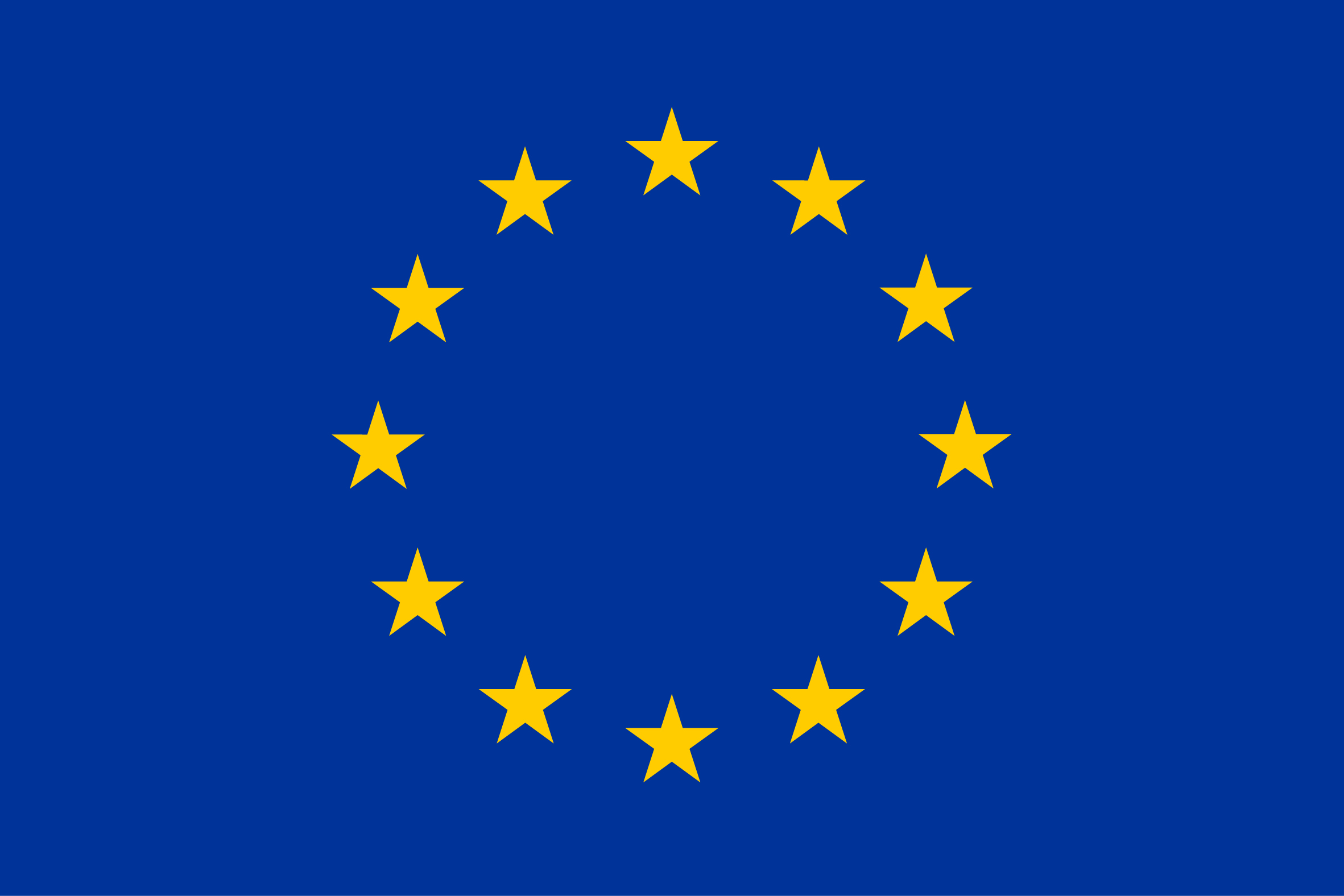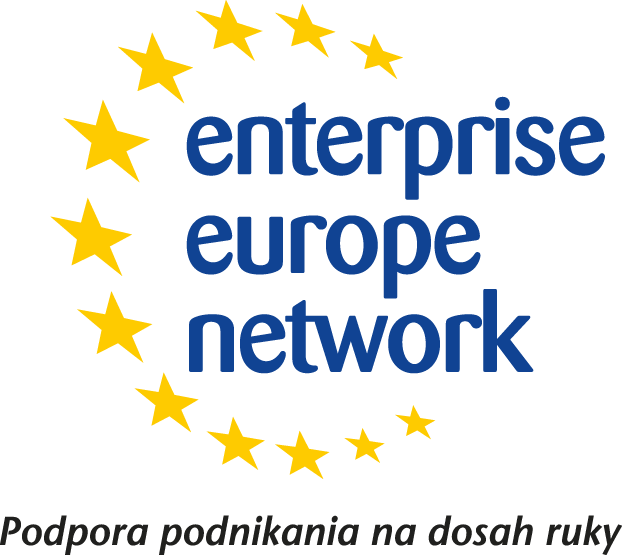Summary:
An established Slovak research institute has developed polymer nanocomposite with antibacterial properties.The novel hybrid nanomaterial is composed of hydrophobic carbon quantum dots (hCQD) mixed with a polymer of choice (e.g polyamide, acrylics, butadiene, dialkylphtalate, dimethylsiloxanes, isoprene, etc.) in processes allowing manufacturing of different forms - coating, flexible film, foil, fiber and sheet.
The research institute is looking for licensees or investor.
Description:
Material is composed of cheap nanoparticles hCQD (carrier of antibacterial properties) and a polymer of choice and can be used in areas where antibacterial activity is desired, e.g in medical applications, clean pharmaceutical industry, food industry or in households in different forms - coating, films, sheets, foil, fibers. Novel nanocomposite materials and their manufacturing process are protected by a patent (so far a patent publication with very positive international search) and the research institution is the sole owner of the IPRs.
Polymers used for most of biomedical, food and pharmaceutical applications are not soluble in water. They are commonly soluble only in limited class of organic solvents such as chloroform or toluene. In order to overcome that problem new method was developed for the production of hydrophobic CQD (hCQD) soluble in chloroform or toluene. Size of hCQDs is between 5 and 15 nm. hCQDs are photoluminescent material i.e. when irradiated with certain excitation source they re-emit light usually in visible region of spectrum. This feature enables easy identification of
their composite (film) or in the interior of the composite.
It was demonstrated that hCQD produce singlet oxygen molecule by Electron paramagnetic resonance (EPR) spectroscopy. hCQD have shown steady production of singlet oxygen under blue lamp irradiation. After 7 minutes, spin trap was exhausted and EPR show decrease of singlet oxygen production. After addition of new amount of fresh spin trap, EPR shows identical production of singlet oxygen.
Nanocomposite can be produced by following methods: layer by layer (LbL) method, solution mixing methods and by electrospinning. hCQD are not soluble in water and therefore cannot interact or be degraded in body fluids comparing to commonly available antibacterial silver or titanium compounds.
The research institute is looking for partners to cooperate with via license agreement (the Slovak research institute is looking for licensees) or via financial agreement (an investor is sought). More details in the Partner Sought.
Type (e.g. company, R&D institution…), field of industry and Role of Partner Sought:
Type: company (industry)
Field of activity: building industry - use as flooring material, wall and window covering, medical applications and in industries, production of foods and pharmaceutical production.
Role:
License agreement - the Slovak research institute is looking for licensees
Financial agreement - an investor into this technology is sought
Stage of Development:
Prototype available for demonstration
Comments Regarding Stage of Development:
Antibacterial nanocomposite:
•Has been tested against the range of microorganisms- E. coli, S. aureus, Klebsiella pneumoniae.
•Has been tested in basic toxicity cell-based assays
•Is in the final composition development stage
•Is being tested for functionality in inner surface of catheters
•Will be tested in relevant fields- in the coating of surfaces in a hospital, care house and research building
•Manufacturing process and material is covered by the patent publication
IPR Status:
Patents granted
External code:
TOSK20200611002



